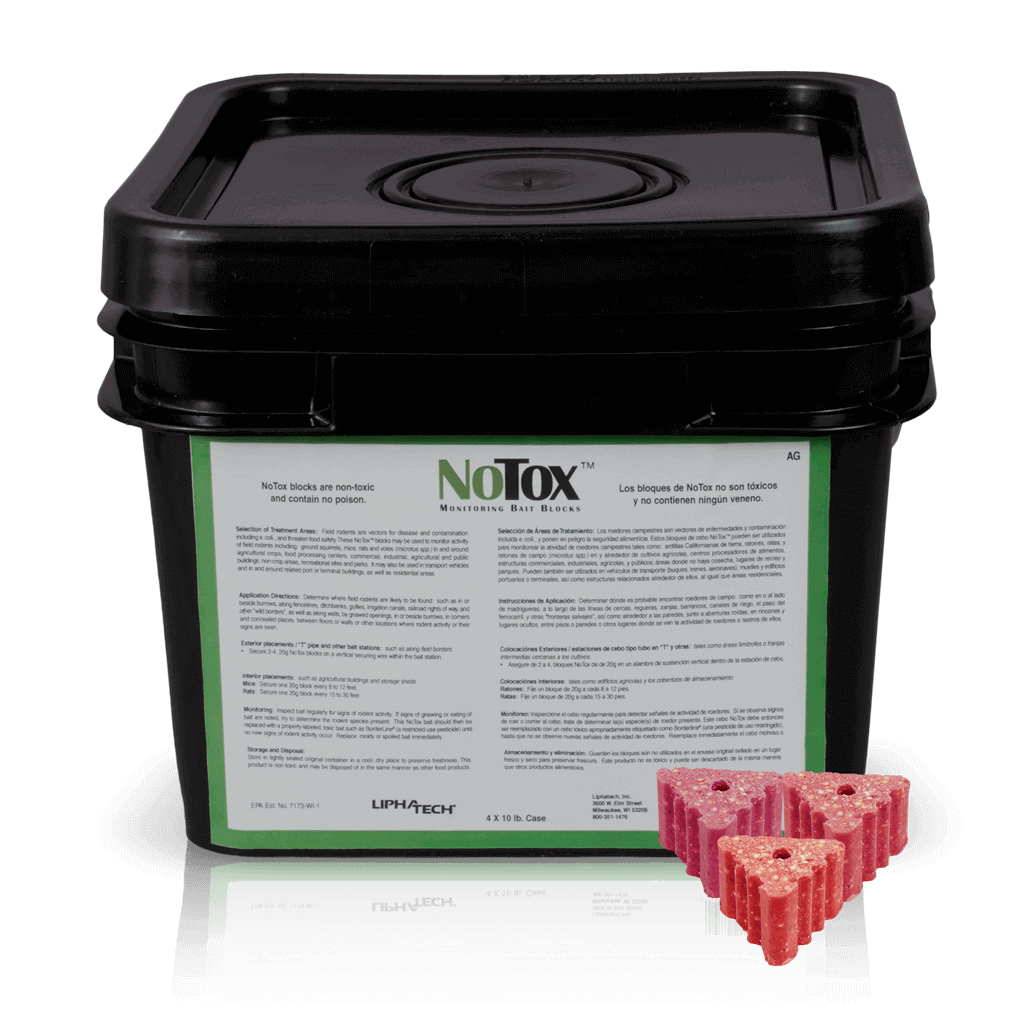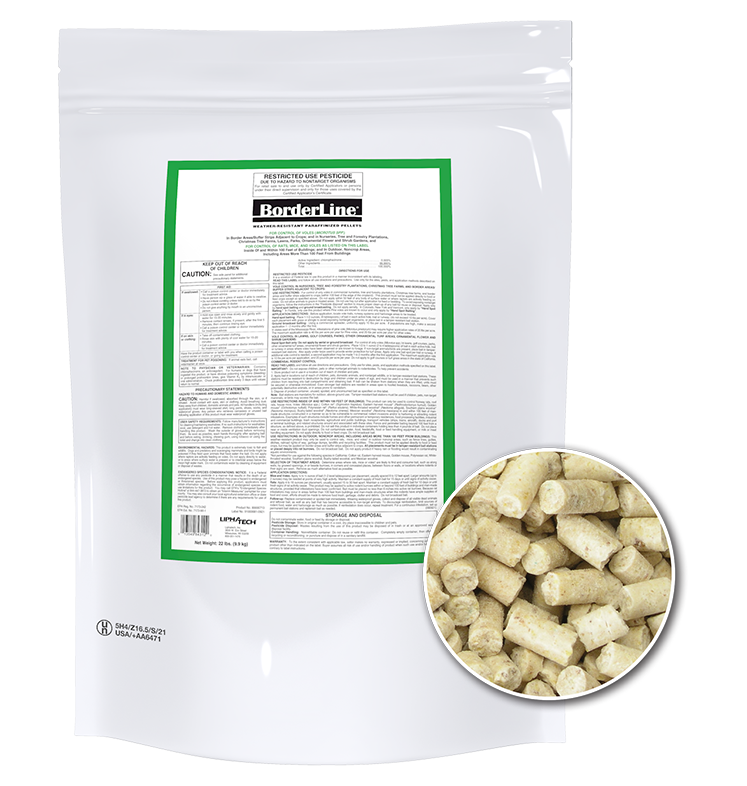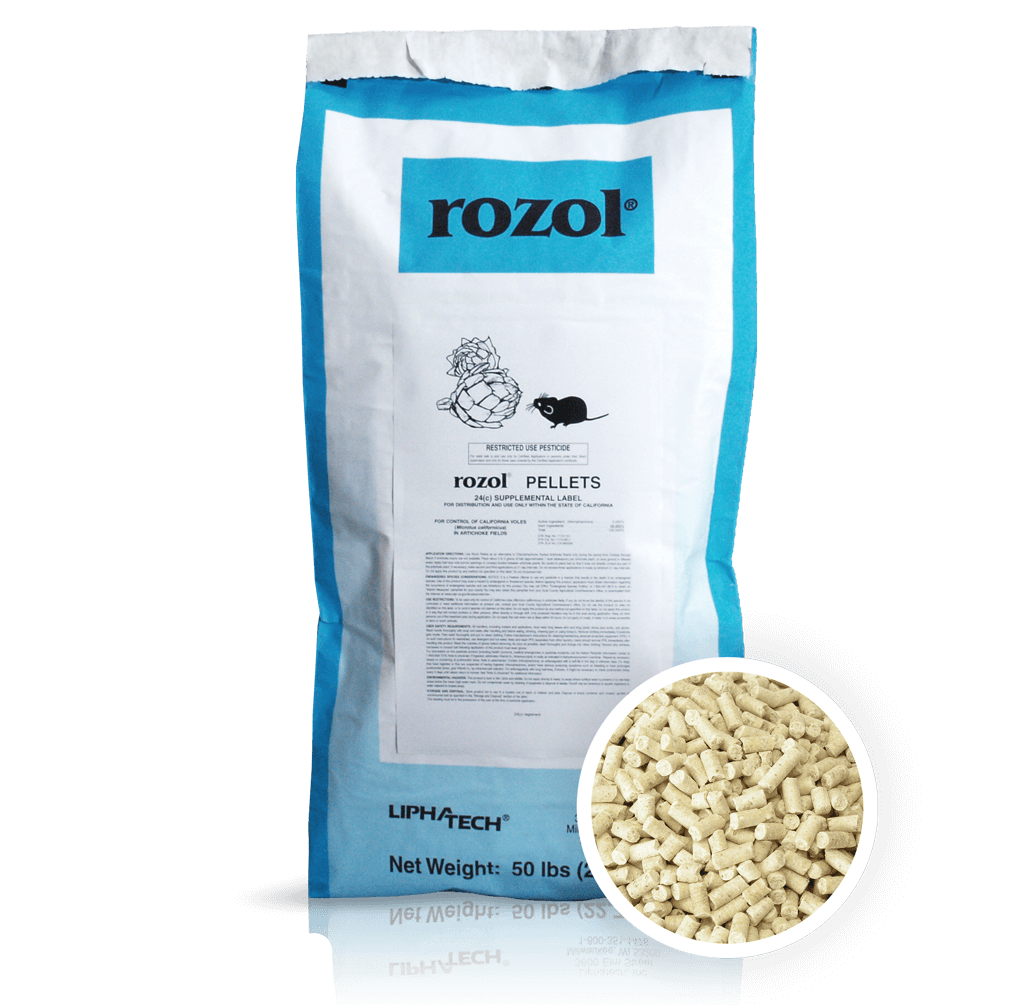- Countries
- Login
Overview
Field rodents threaten food safety; they are vectors for disease and contamination, including E. coli. Many rodent control programs are inconsistently monitored or maintained, sometimes resulting in ineffective practices in leafy greens and other vegetable crops.
Growers should treat field rodents as vectors for food-borne illness. Unfortunately, many rodent control programs in leafy greens and other vegetable crops are ineffective due to inconsistent monitoring or bait station maintenance.
Following several foodborne illness outbreaks in the mid-2000s, produce industry representatives began developing food safety metrics for lettuce and other leafy green crops. According to a 2010 study from the University of California—Davis, these guidelines often address requirements concerning intrusion and crop contamination by wildlife and livestock, “…but many grower associations or packer/shippers lack specific guidelines on how to monitor for rodents.”2
The UC-Davis report monitored several leafy green fields in California’s Salinas Valley over several months in order to identify the issues and requirements growers must address regarding rodent intrusion in leafy green crops and to develop monitoring and baiting strategies to meet them.
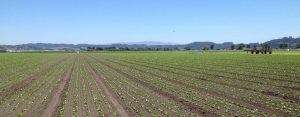
The study concluded that:
- Mice were the most abundant rodent species found at 50% of sample sites monitored, followed by voles.
- On average, three times as many rodents were found in “wild borders” as “in-crop,” suggesting that these wild buffer areas should be a focus area for preventing rodent migration into adjacent fields.
- Wax monitoring blocks performed the best, accurately detecting rodent activity and intrusion risk over six times more often than snap traps.
- Regularly controlling rodents along the field edge outside of the crop is recommended.2
Monitoring with a product such as NoTox™ monitoring blocks is critical to any effective rodent program. BorderLine® is labeled for ground broadcast, hand spot baiting and bait station use for voles; or bait station use and hand spot baiting for Norway rats, roof rats, and house mice, on border areas and buffer strips adjacent to crops.
- House Mouse
- Norway Rat
- Vole
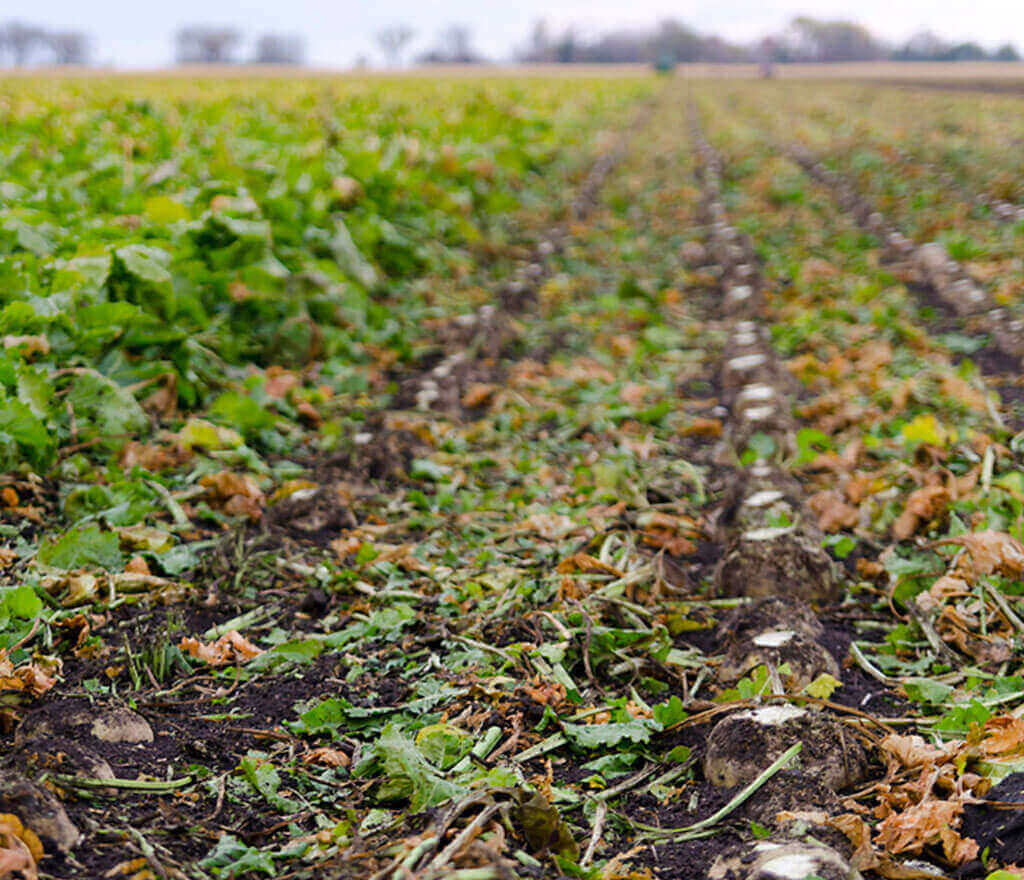
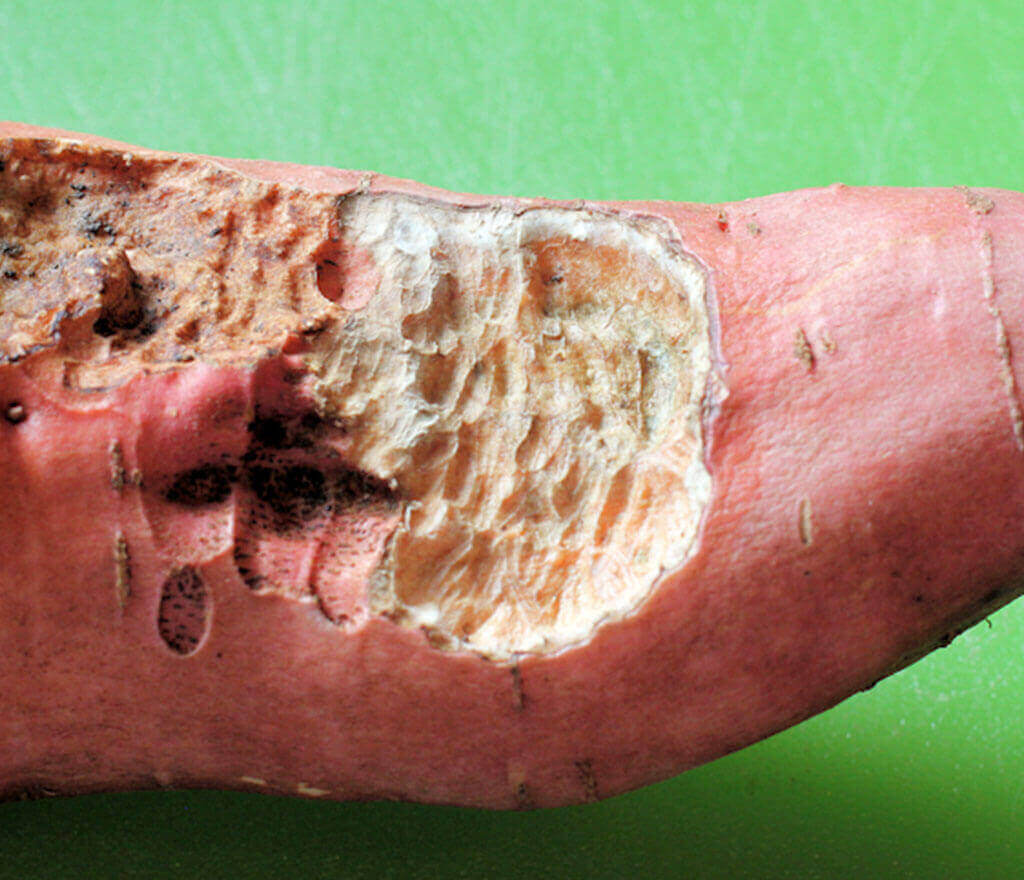
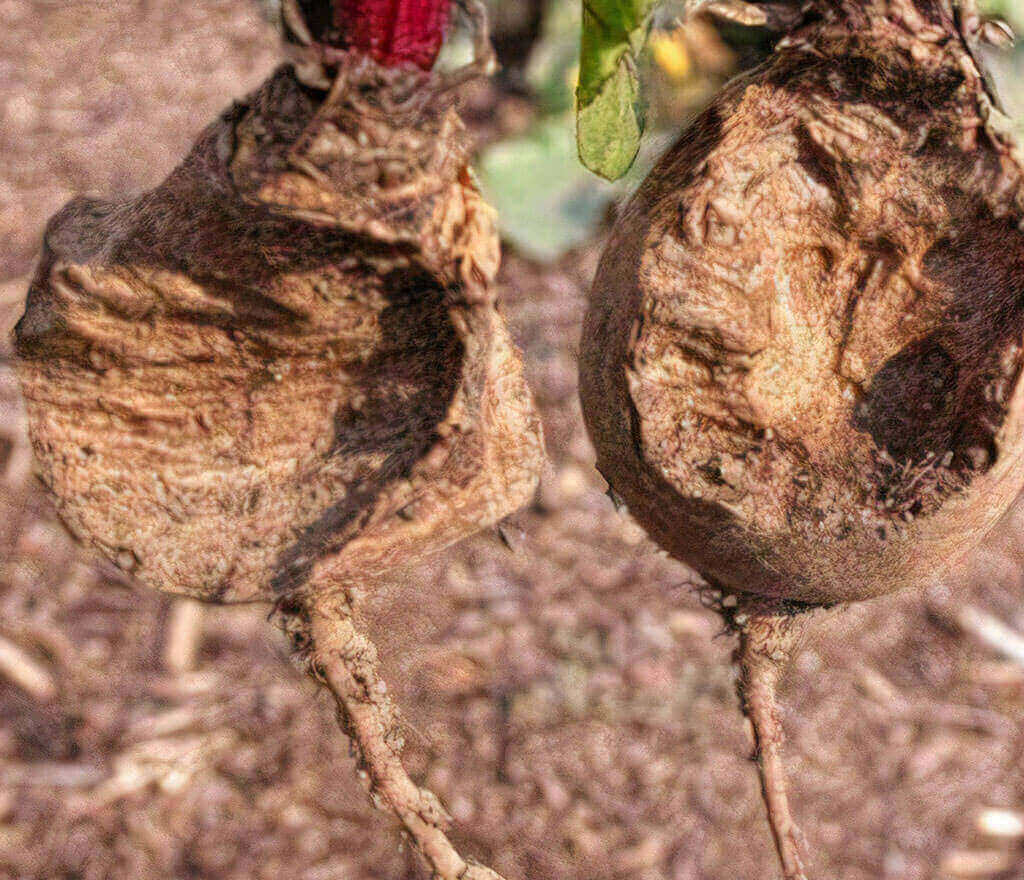
Habitat
Six species of voles of the genus Microtus occur in California. The California vole (Microtus californicus) is the most widespread vole in the state, found along nearly the entire length of the coast, and is responsible for the majority of damage to vegetables.
These voles are grizzled brownish with scattered black hairs on their backs; and gray hairs below, with hairs often white-tipped. They possess a relatively long, two-colored tail and pale feet, and can reach 5–8 inches in length from head to tail. They typically weigh from 1 1/2–3 1/2 ounces (42–100 grams). Voles are prolific breeders with females maturing in 5–6 weeks and having 5–10 litters per year. Litter size ranges from 3–6. However, voles seldom live past a year.

Damage and Disease Transmission
Voles feed on a variety of grasses, herbaceous plants, bulbs, and tubers. They usually consume bark and roots of trees, only in the fall or winter, when other food sources are less available. In California, they cause notable damage on the following vegetables: artichoke, beet, Brussels sprouts, cabbage, carrot, cauliflower, celery, lettuce, turnip, sweet potato, spinach, and tomato.
California voles are known carriers of the hantavirus and probable carriers of other diseases as well. Vegetable growers are concerned that California voles, along with slugs and snails, can also transmit, through gnawing and saliva, E. coli and other bacteria.1
Effective Monitoring Is Key
Surveys of Salinas Valley iceberg lettuce and spinach fields aimed at developing monitoring strategies for rodent intrusion in leafy green crops have found that mice were the most abundant rodent species (found at 50% of monitoring sites) followed by voles (found at over 7% of sites). On average, three times as many rodents were found in wild borders as in-crop, suggesting that these riparian buffer areas should be a focus area for preventing rodent migration into adjacent fields.
The same study also found that wax monitoring blocks such as NoTox Monitoring Blocks performed over six times better at accurately detecting rodent activity and intrusion risk than snap traps.2
NoTox Monitoring Blocks
NoTox Monitoring Blocks are ideal for “green” monitoring of field rodent activity. NoTox is not a pesticide; it contains no active ingredient and can be used anywhere that a non-toxic monitoring block could prove useful.
Determine where field rodents are likely to be found: such as in or beside burrows, along fencelines, ditchbanks, gullies, irrigation canals, railroad rights-of-way, and other wild borders, as well as along walls, by gnawed openings, in or beside burrows, in corners and concealed places, between floors or walls or other locations where rodent activity or their signs.
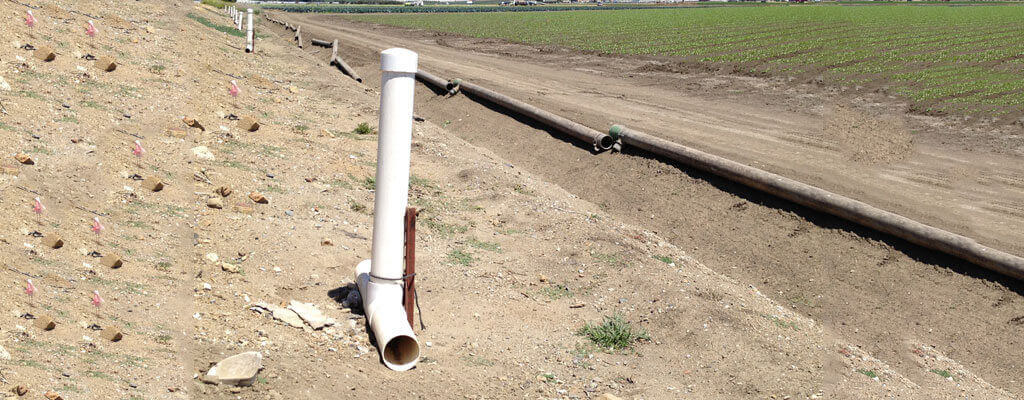
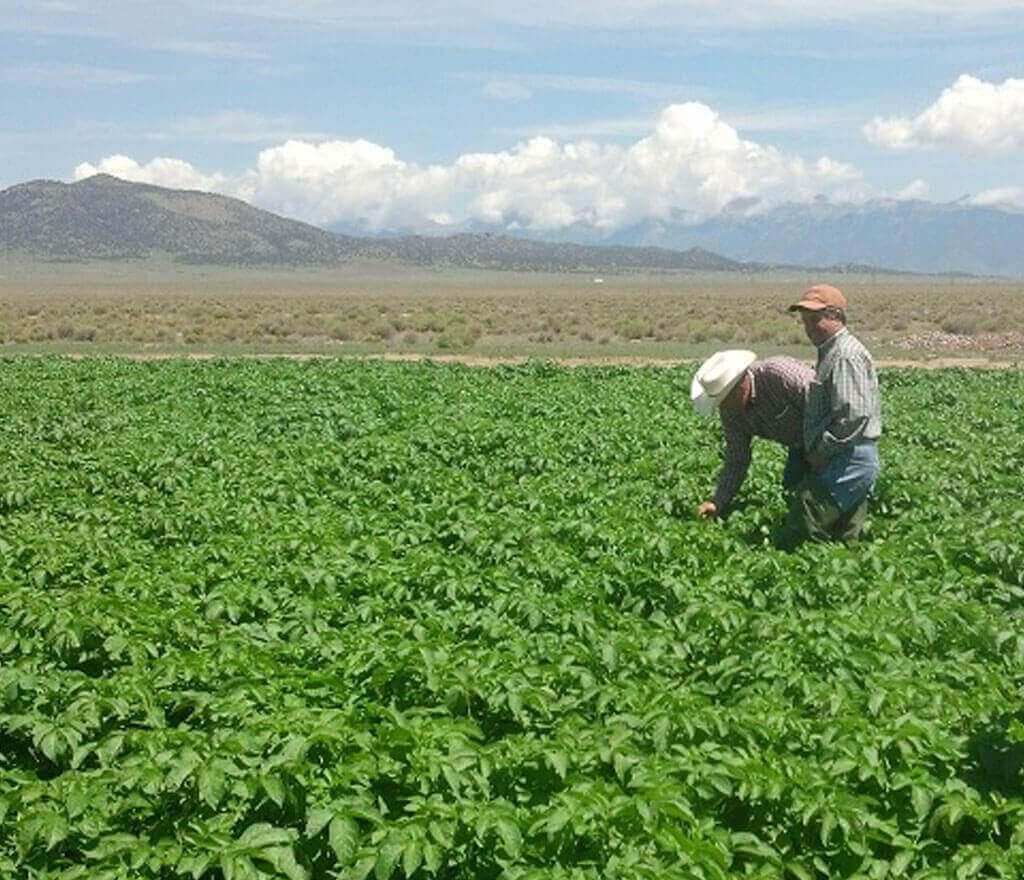
Inspecting Fields for Rodent Intrusion
For exterior placements, such as along field borders, secure 2–4 NoTox blocks on a vertical securing wire within a T-pipe or other bait station. For interior placements such as agricultural buildings and storage sheds, secure one block every 8–12 feet for mice, or every 15–30 feet for rats.
Inspect bait regularly for signs of rodent activity. If signs of gnawing or eating of bait are noted, try to determine the rodent species present.
If voles, rats or mice are detected, replace NoTox with a toxic bait approved for use in crop border areas, such as BorderLine.
Store NoTox blocks in tightly sealed original container in a cool, dry place to preserve freshness. This product is non-toxic and may be disposed of in the same manner as food products. See full label.
BorderLine Bait–Restricted Use Pesticide
BorderLine Bait (EPA Reg. #7173-242) is ideal for outdoor control of rats, mice and voles. It is a Restricted Use Pesticide (RUP) for use solely by licensed pesticide applicators. It is the responsibility of the user to read and follow all label directions. BorderLine is registered for use in AL, AZ, CA, CO, FL, HI, IA, ID, IL, IN, KS, MA, MI, MN, MO, MT, NC, ND, NE, NV, OK, OR, PA, SD, TX, UT, WA and WI.
Field Rodent Control
Always read the label and follow all use directions and precautions listed. Only use for sites, pests, and application methods specified on the BorderLine label.
Apply in locations out of reach of children, pets, domestic animals, and non-target wildlife, or in tamper-resistant bait stations.
Bait stations are mandatory for most outdoor, above-ground uses. Tamper-resistant bait stations must be used if children, pets, non-target mammals, or birds may access the bait. These stations must be resistant to destruction by dogs and children under six years of age and must be used in a manner that prevents such children from reaching into bait compartments and obtaining bait. If bait can be shaken from stations when they are lifted, units must be secured or otherwise immobilized. Even stronger bait stations are needed in areas open to hoofed livestock, raccoons, bears, other potentially destructive animals, or in areas prone to vandalism.

Application Directions—Vole Control In Border Areas & Buffer Strips Adjacent To Crops, Commercial Nurseries & Tree Farms
Apply only by hand spot baiting and ground broadcasting. Do not apply aerially. In Colorado, Florida, New York and Vermont, only apply by hand spot baiting. In Florida, only use this product where pine voles are known to occur and only apply by hand spot baiting.
For hand spot baiting, place 1 1/2 ounces (6 tablespoons) of bait in each active hole, trail or runway (do not exceed 10 pounds per acre). Cover each placement with grass or shingle to avoid exposing non-target organisms, or place bait in a tamper-resistant bait station.
For ground broadcast baiting using a commercial spreader, uniformly apply 10 pounds per acre. If populations are high, make a second application 1–2 months after the first. In states east of the Mississippi River, infestations of pine vole may require higher application rates of 20 pounds per acre. The maximum application rate is 40 pounds per acre per year for pine voles, and 20 pounds per acre per year for other voles. See full label.
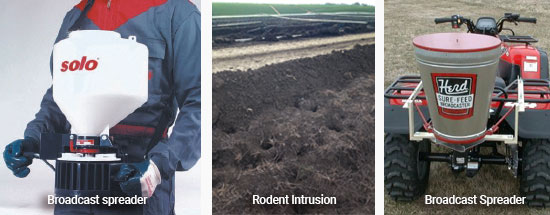
Outdoor Use Restrictions – Vole Border Areas
For control of only voles in commercial nurseries, tree and forestry plantations, Christmas tree farms, and border areas and buffer strips adjacent to crops (within 100 feet of the edge of the cropland). This product must not be applied directly to food or feed crops except as specified above. Do not apply within 50 feet of any body of surface water or where raptors are actively feeding on voles. Do not allow animals to graze in treated areas. Do not use hay cut after application for feed or bedding. To avoid exposing non-target organisms, follow the instructions in the Pesticide Disposal section of label to insure proper clean-up of any bait for reuse or disposal. See full label.
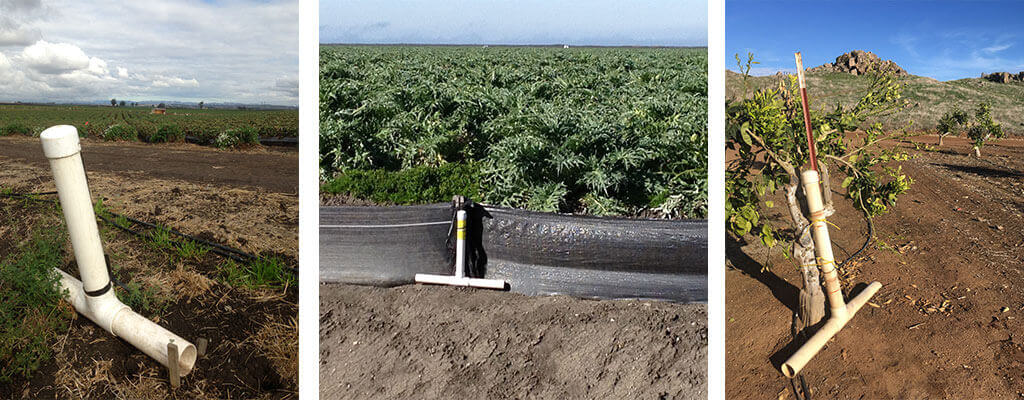
Application Directions–Vole Control in Ornamental Turf Areas
Hand spot baiting only; do not apply by aerial or ground broadcast. For control of only voles (Microtus spp.) in lawns, golf courses, parks, other ornamental turf areas, ornamental flower and shrub gardens. Place 1/2–1 ounce (2–4 tablespoons) of bait in each active hole, trail or runway in areas where voles have been observed or are known to forage.
If non-target animals/birds are present, place bait in tamper-resistant bait stations. Also apply under tarps used to provide winter protection for turf areas. Apply only one bait spot per trail or runway. If additional vole control is needed, a second application may be made 1-2 months after the first application. The maximum application rate is 10 pounds per acre per application, and 20 pounds per acre per year. See full label.
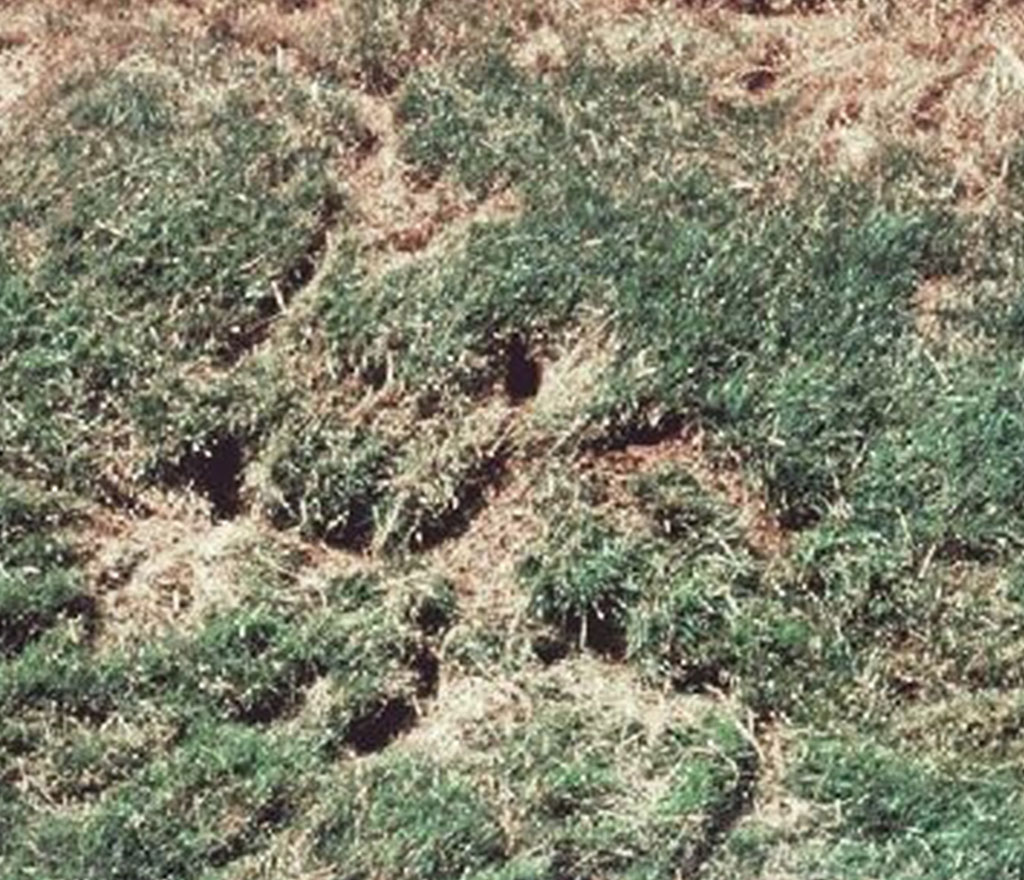
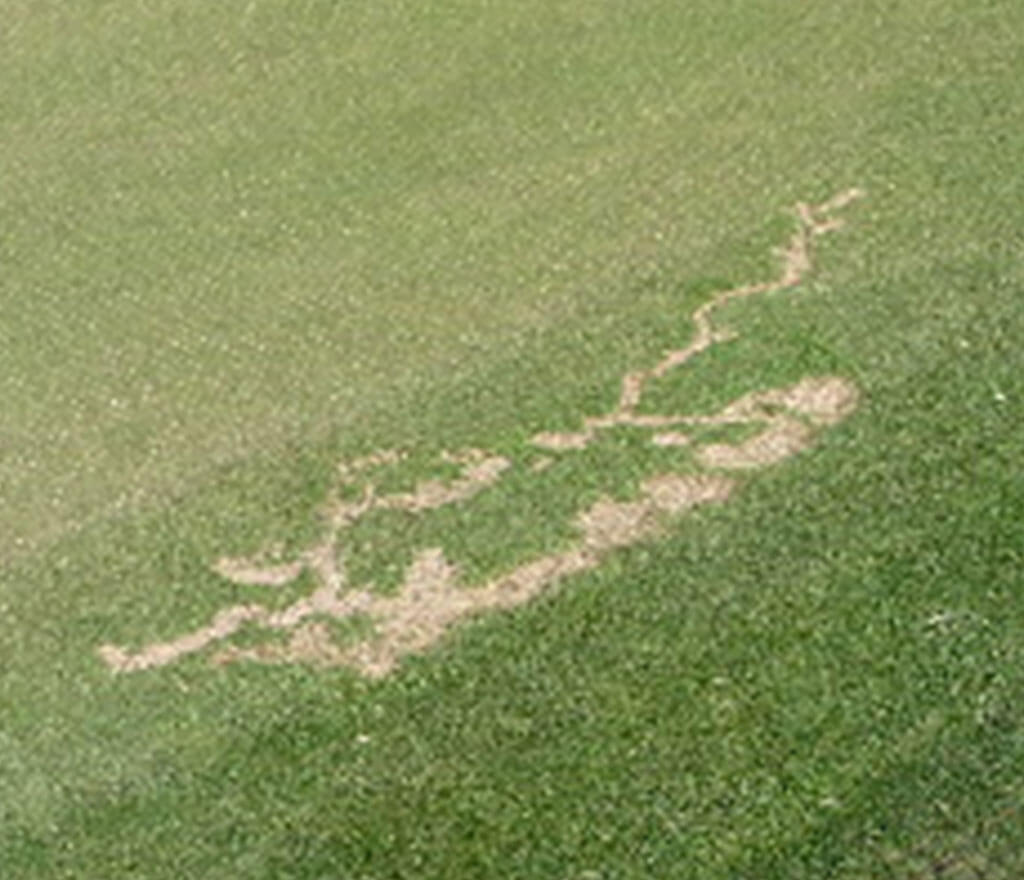
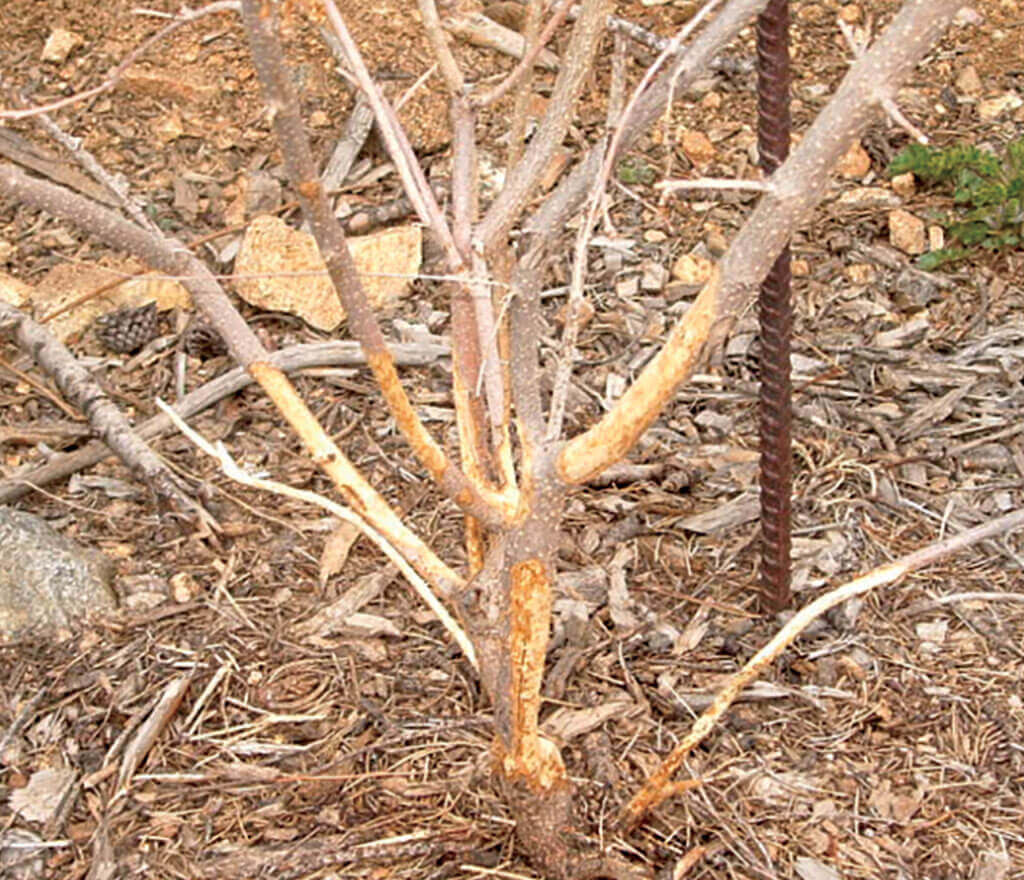
Outdoor Use Restrictions - Rats & Mice
For outdoor, noncrop areas including areas more than 100 feet from buildings, BorderLine weather-resistant rodenticide may only be used to control Norway rats, roof rats and house mice in outdoor noncrop areas, such as fence lines, gullies, ditches, railroad rights-of way, garbage dumps, landfills and recycling facilities. This product must not be applied directly to food or feed crops but may be applied on border areas and buffer strips adjacent to crops. All placements must be in tamper-resistant bait stations or placed deeply into rat burrows. Do not broadcast bait. Do not apply product if heavy rain or flooding would result in contaminating aquatic environments. See full label.
For indoor use restrictions and application rates for rats and mice, see BorderLine product page.
Indoor Use Restrictions - Rats & Mice
BorderLine can only be used to control Norway rats, roof rats and house mice in and within 100 feet of man-made structures constructed in a manner so as to be vulnerable to commensal rodent invasions and/or to harboring or attracting rodent infestations. Examples of such structures include homes and other permanent or temporary residences, food processing facilities, industrial and commercial buildings, trash receptacles, agricultural and public buildings, transport vehicles (ships, trains, aircraft), docks and port or terminal buildings, and related structures around and associated with these sites. Fence and perimeter baiting beyond 100 feet from a structure, as defined above, is prohibited.
Do not sell this product in individual containers holding less than 4 pounds of bait. Do not place near or inside ventilation duct openings. Do not contaminate water, food, feedstuffs, food or feed handling equipment, or milk or meat handling equipment. Do not apply directly to food or feed crops. Do not broadcast bait. See full label.
Application Directions - House Mice
Apply 1/4–1/2 ounce of bait (1–2 level tablespoons) per placement, usually spaced 8–12 feet apart. Larger amounts (up to 2 ounces) may be needed at points of very high house mouse activity. Maintain a constant supply of fresh bait for 15 days or until signs of house mouse activity cease. See full label.
Application Directions - Rats
Apply 4–16 ounces per placement, usually spaced 15–30 feet apart. Maintain a constant supply of fresh bait for 10 days or until fresh signs of rat activity cease. This product may be applied to active rodent burrows to control Norway rats, and roof rats within or beyond 100 feet of buildings and man-made structures, provided that infestations of these rodents have been confirmed. Bait must be placed no less than 6 inches into active Norway/roof rat burrows. Because Norway/roof rat infestations may occur in areas farther than 100 feet from buildings and man-made structures when the rodents have ample supplies of food and cover, efforts should be made to remove food trash, garbage, clutter and debris. Do not broadcast bait. See full label.
Rozol Pellets for California Voles – Restricted Use Pesticide
Rozol® Pellets (EPA Reg. #7173-151) are registered for use only within the state of California for the control of California voles in artichoke fields. When used for this purpose, Rozol Pellets are a Restricted Use Pesticide (RUP), and may be sold and used only by Certified Applicators, or persons under their direct supervision, and only for uses covered by the Certified Applicator’s Certificate.
In order to use this product for the control of California voles, you must have a 24(c) Rozol Pellets label in your possession at the time of application. It is the responsibility of the user to read and follow all label directions.
Application Directions
Use Rozol Pellets for the control of California voles in artichoke fields as an alternative to Chlorophacinone Treated Artichoke Bracts only during the period from October through March if artichoke bracts are not available. Place 3-5 grams of bait (approximately 1 level tablespoon) per artichoke plant, on bare ground in infested areas. Apply bait near vole burrow openings or runways located between artichoke plants. Be careful to place bait so that it does not directly contact any part of the artichoke plant.
If necessary, make second and third applications at 21-day intervals. Do not exceed three applications in made at minimum 21-day intervals per regimen. Repeat the treatment regimen after 60 days if needed. Do not exceed 3 applications at minimum 21-day intervals. Do not apply this product by any method not specified on this label. Do not broadcast bait. To reduce the potential for exposure to non-target animals and birds, do not apply this bait for a period of 30 days before or after chopping or cut-back of artichoke plants. See full label.
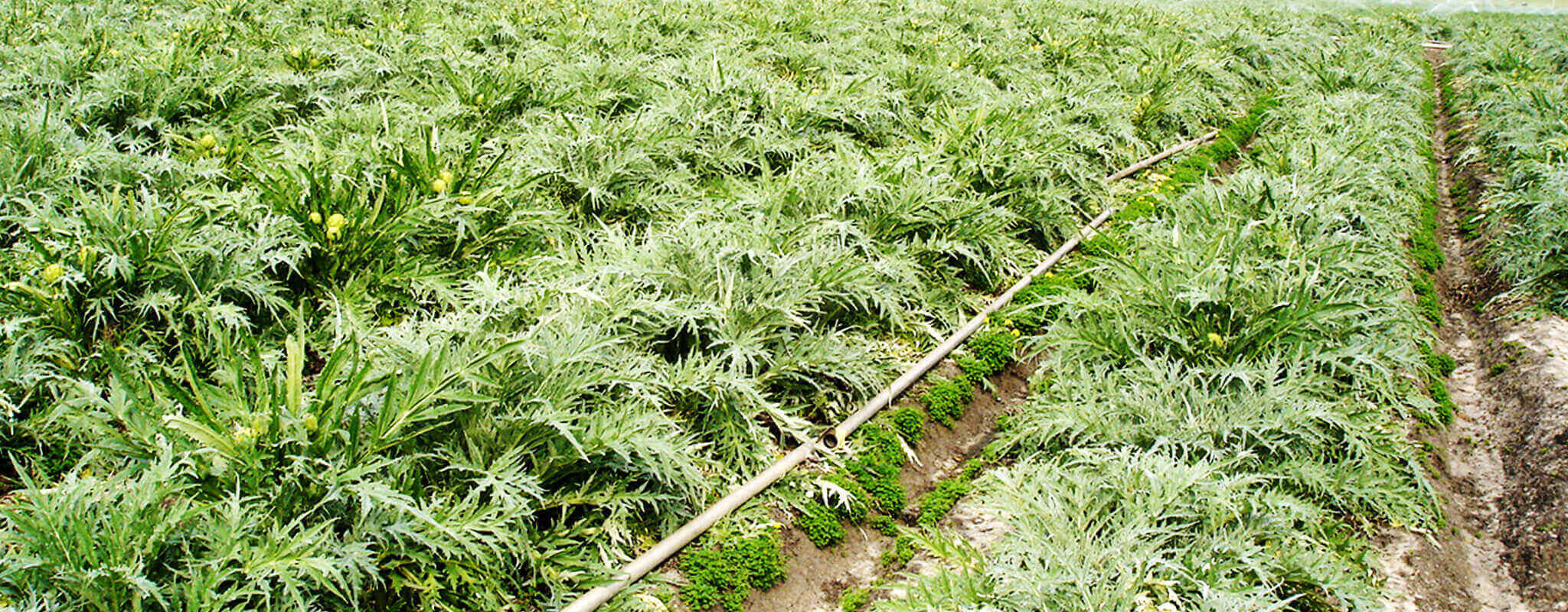
Endangered Species Considerations
It is a federal offense to use any pesticide in a manner that results in the death of an endangered species. Use of this product may pose a hazard to endangered or threatened species. Before applying this product, applicators must obtain information regarding the occurrence of endangered species and use limitations for this product. In California, contact your County Agricultural Commissioner or refer to the PRESCRIBE online database.
Environmental Hazards
Rozol Pellets are toxic to fish, birds and wildlife. Do not apply directly to water, to areas where surface water is present or to intertidal areas below the mean high-water mark. Do not contaminate water by cleaning of equipment or disposal of wastes. Run-off may be hazardous to aquatic organisms in water adjacent to treated areas. See full label.
Sources
1Paraphrased from UC-Davis Pest Notes: Authors: T. P. Salmon, Wildlife, Fish, and Conservation Biology, UC Davis; and W. P. Gorenzel, Wildlife, Fish, and Conservation Biology, UC Davis. Editor: B. Ohlendorf.
2Salmon, Terrell. P., Gorenzel, W.P., Newman, P.D. and Lima, L. (2010). Food Safety and Rodent Control in Leafy Green Crops. California Department of Food and Agriculture Contract No. 09-0220. Retrieved from California Leafy Greens Research Program website: http://calgreens.org/control/uploads/Salmon_LG_Final_Report3.pdf.
